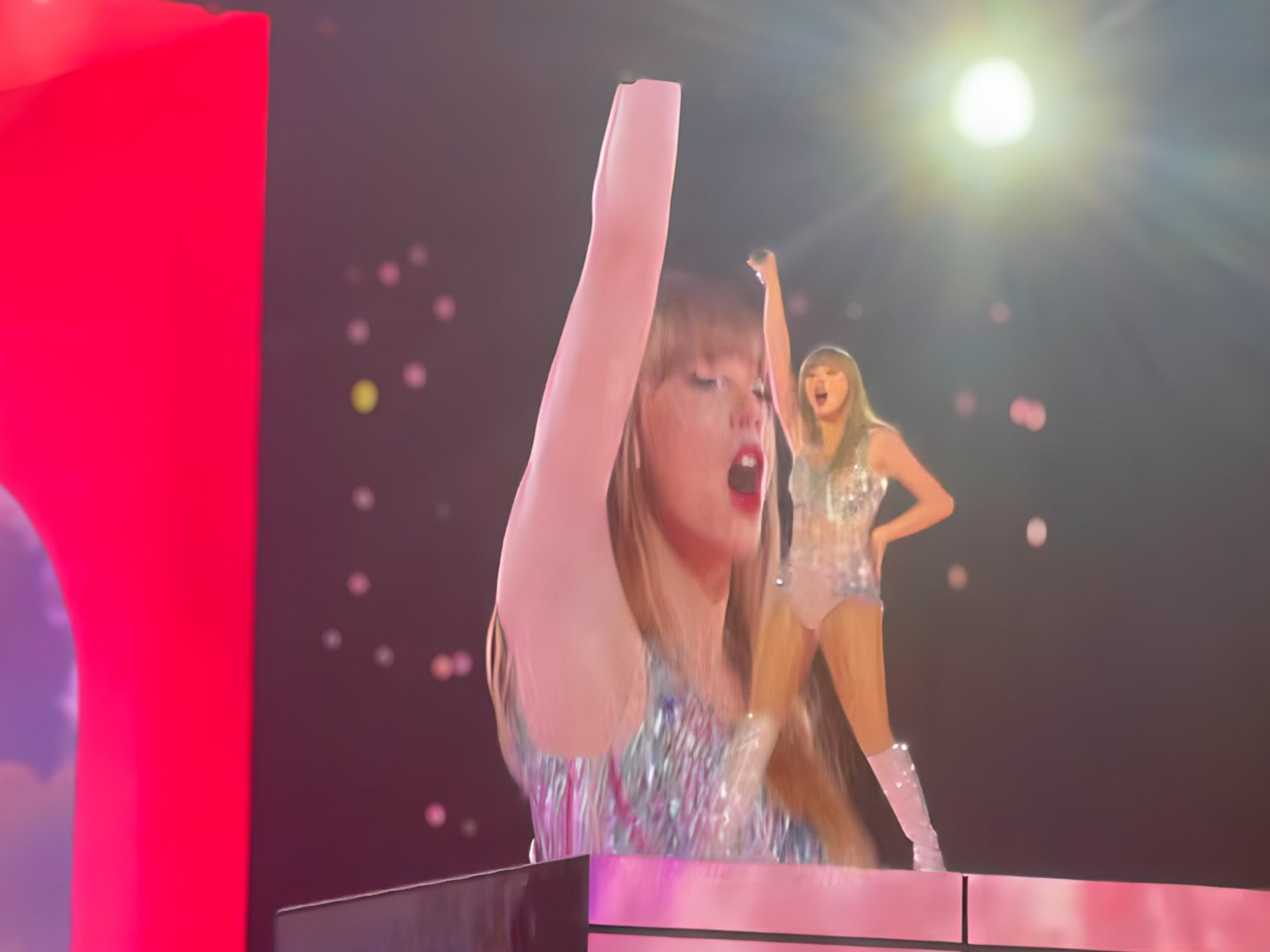
Do you really want to know what we were doing on April 19? Listening to Taylor Swift’s double-album release, The Tortured Poets Department: The Anthology, of course.
Swift’s latest synth-pop album, The Anthology, includes 31 new songs that have both fans and critics flipping through a dictionary, while experiencing emotional resonance through her masterful lyrics — inspired by the five stages of grief. While Swift has become one of the most famous singers and songwriters worldwide, some psychologists and cognitive scientists can’t help but to question why we find comfort in listening to sad songs?
“Music isn’t just a matter about making people feel good, it’s about making them be aesthetically engaged,” says Dr. Paul Thagard, cognitive scientist, full-time writer and distinguished professor emeritus of philosophy at the University of Waterloo.
“What makes the sad songs so powerful for us is that they engage our emotions. Because we’ve all been sad for various reasons and [these songs] tap into that and reminds us [of our emotions], and in some cases, it can help us work through that.”
In his upcoming book, Dreams, Jokes and Songs: How the Brain Builds Consciousness, Thagard explains how different areas of our brain can synchronize and coordinate neural activity to generate conscious experiences. This includes how we connect with sad songs that evoke strong emotions.
While the internet has recently shown that generative AI can write music and lyrics, Thagard says that AI is missing one important element that makes a great song — emotions. Being able to connect sad songs with emotions, the same way artists portray their feelings within their art and paintings, is one thing that AI cannot accurately replicate. Where emotions are a valuable part of the human experience.
What makes a great song that you know all too well?
If a song has both a catchy melody and generates powerful emotions, it is more likely to stick in our minds and encourage musicians to repeat the same music style. Thagard believes our favourite songs often come from our emotionally intense teenage years or other emotionally driven parts of our lives.
In chapter five of his upcoming book, Thagard uses Swift’s song All Too Well (10-Minute Version), specifically referencing her performance on Saturday Night Live (SNL), to break down his theory of musical consciousness. Thagard goes into detail on how Swift was able to portray and transmits a wide range of emotions, including sadness, nostalgia, regret, anger, resentment and fear — emotions that are often felt at the end of the relationship. He believes much of the emotionality of All Too Well comes from the power of Swift’s lyrics that resonates and have an emotional impact on the listeners.
But it’s ultimately Swift’s SNL performance, from her varying physical expressions to the guitar playing and the accompanying background singers, and the short film that plays in the background, which illustrates the unravelling love story that also portrays the lyrics, that truly adds to the musical experience. All Too Well (10-Minute Version) is currently a fan favourite on the setlist for Swift’s The Eras Tour.
“Breakup songs are important because breakups are traumatic events in our lives, and how do you handle that? Well, you can’t just simply ignore it.” Thagard says.
“One way is to get an idea of what other people have gone through. You can listen to the sad songs or the breakup songs and realize lots of other people have been through the same thing. So, you can get a kind of understanding of their situation, as well as your own understanding of your own situation by working through that.”

Taylor Swift performing Cruel Summer during the Lover set at The Eras Tour. Photo credit: David Valentin.
So, what happens to the brain when we listen to music?
Thagard says this is where the Neural Binding Coherence (NBC) theory comes in.
He explains how our musical experience begins with neural activity that is cause by sound waves that enter our ears. Those waves consist of different frequencies that generate different sounds in the brain, including musical notes that are determined by their pitches. People can enjoy listening to music without knowing anything about basic music theory because our brain can still represent notes, melodies and rhythms.
“This form of neural activity is how we become consciously aware of music when the neural representations, bindings and coherence that build up in our consciousness, have greater emotional impact than the other events occurring in our brain,” Thagard says.
“The fourth mechanism is really important, and it’s called competition. You can think of all these different things in your brain being in competition to represent what’s most important. Competition is really crucial to explain why there are shifts in our consciousness.”
Thagard believes NBC played a pivotal role in Swift’s SNL performance. Each musical representation, combined with the verbal, visual and emotional representations, contributed to the complete conscious experience of Swift’s All Too Well.
As a cognitive scientist, Thagard argues that emotions are a powerful contributor to the composition of a great song. Artists like Swift can translate their negative emotions and experiences into a combination of sounds and lyrics, which are then composed into songs that emotionally resonate with millions of listeners.
Banner feature credit: Edd Gent, Department of Pure Mathematics





